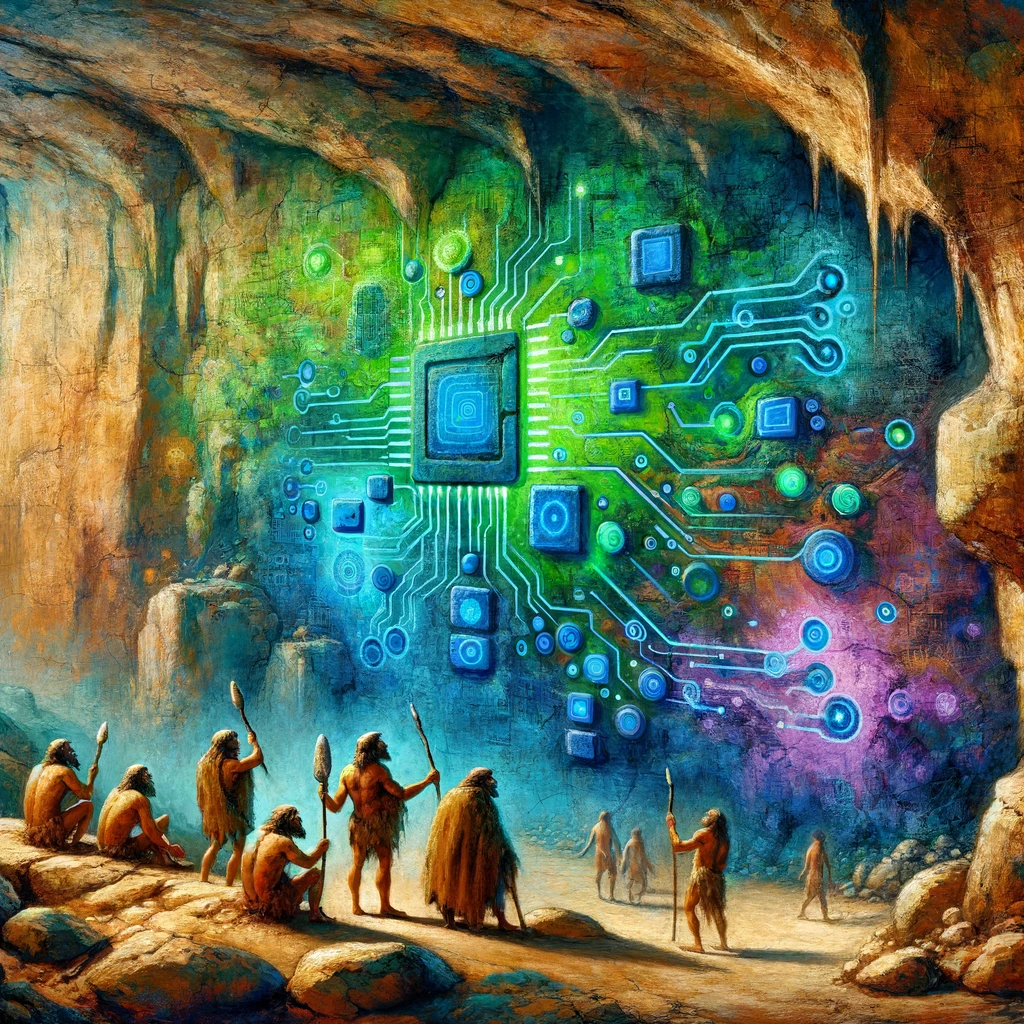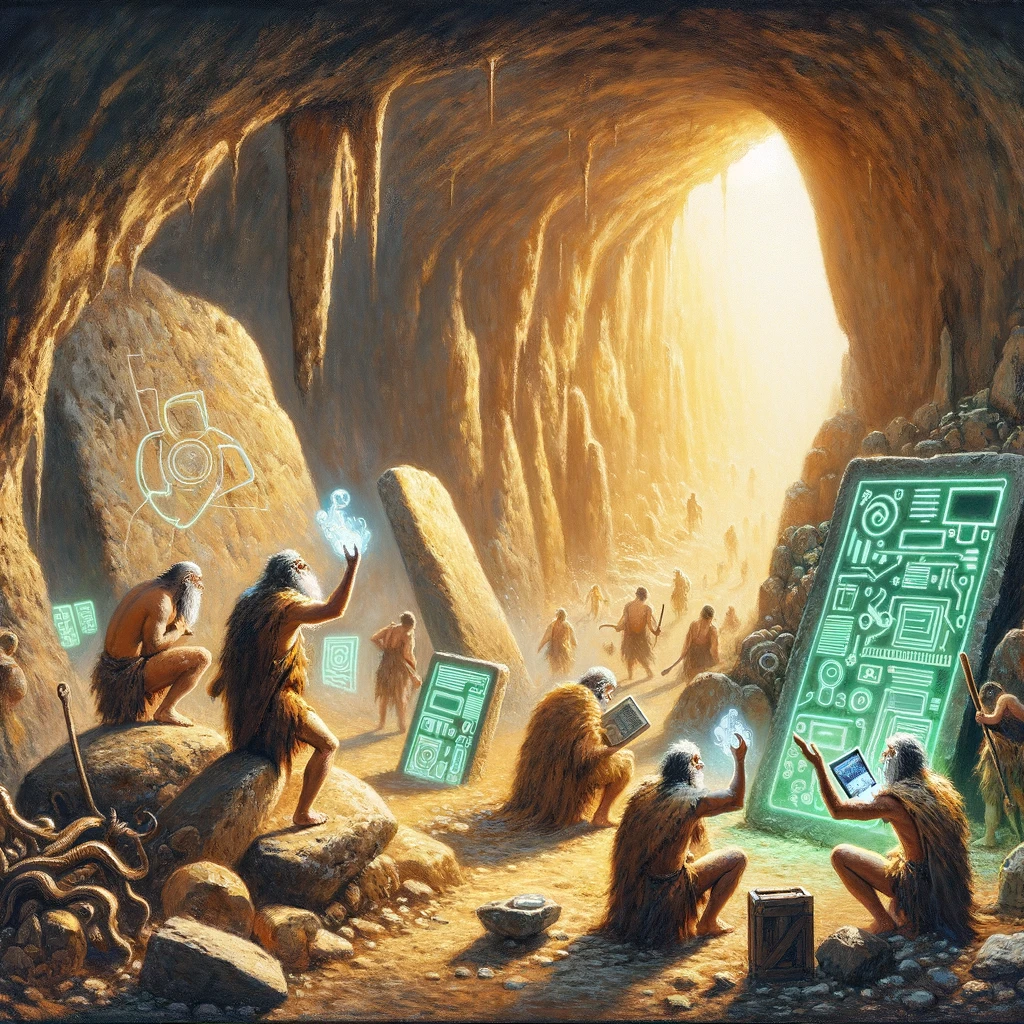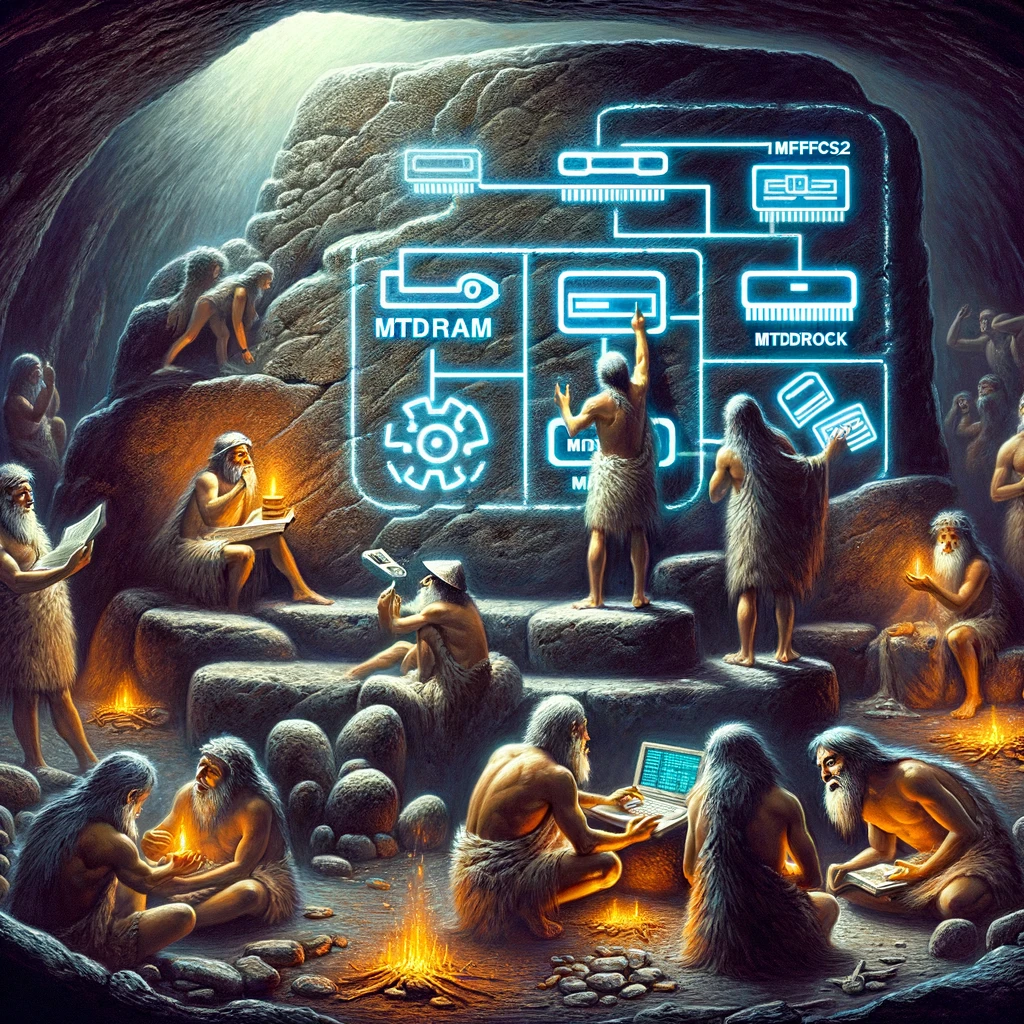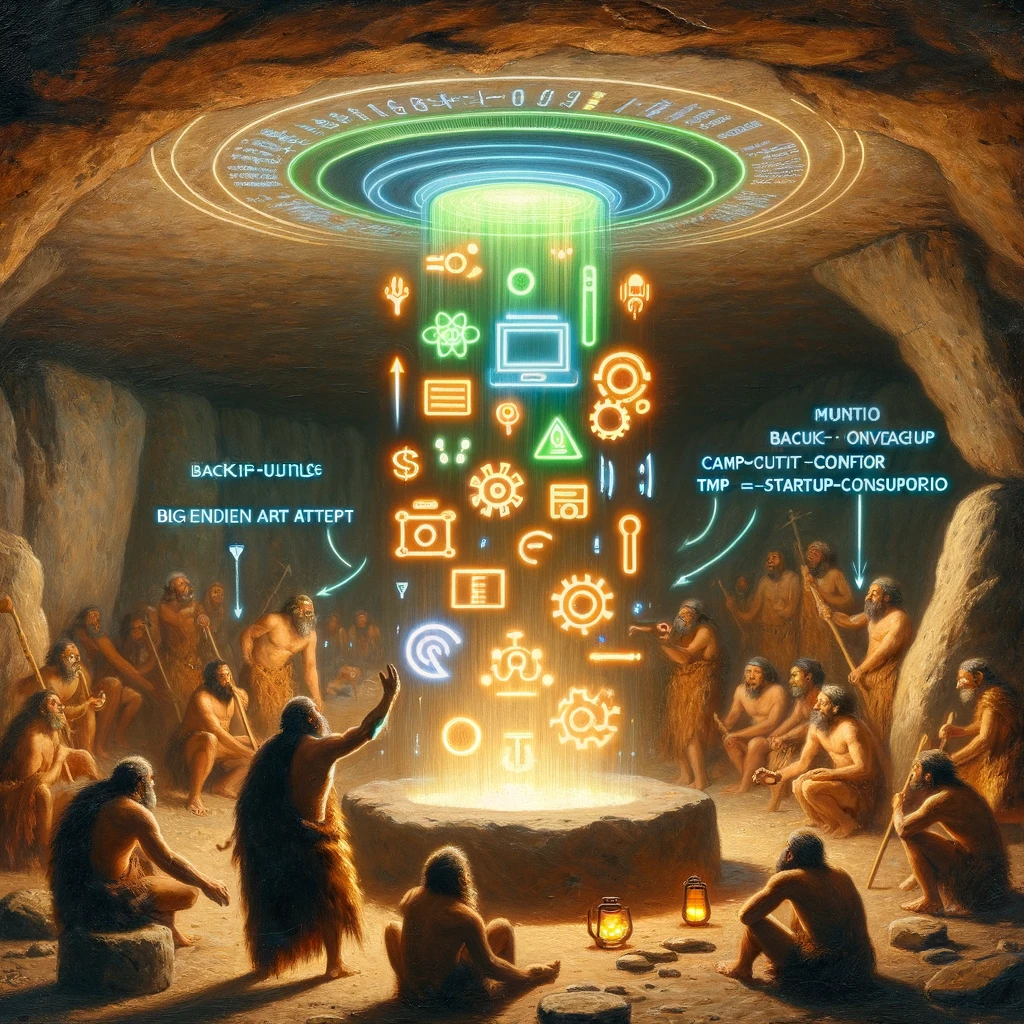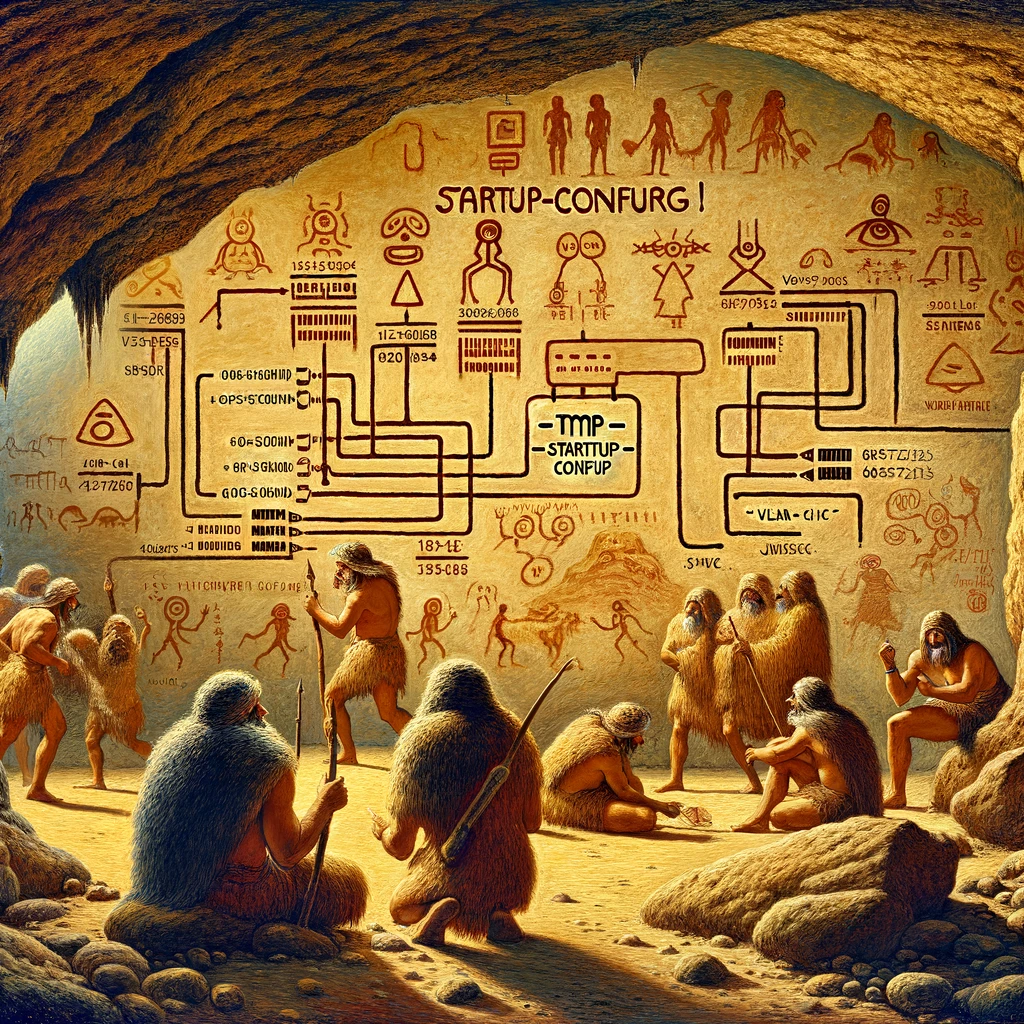Let's take a quick look at what is in the image.
binwalk -B jffs2_cfg.img
DECIMAL HEXADECIMAL DESCRIPTION
--------------------------------------------------------------------------------
0 0x0 JFFS2 filesystem, big endian
500 0x1F4 Zlib compressed data, compressed
2004 0x7D4 Zlib compressed data, compressed
2544 0x9F0 Zlib compressed data, compressed
3284 0xCD4 Zlib compressed data, compressed
3976 0xF88 Zlib compressed data, compressed
5488 0x1570 Zlib compressed data, compressed
6540 0x198C Zlib compressed data, compressed
7144 0x1BE8 Zlib compressed data, compressed
7332 0x1CA4 Zlib compressed data, compressed
7628 0x1DCC Zlib compressed data, compressed
8436 0x20F4 Zlib compressed data, compressed
9248 0x2420 Zlib compressed data, compressed
10112 0x2780 Zlib compressed data, compressed
10864 0x2A70 Zlib compressed data, compressed
11616 0x2D60 Zlib compressed data, compressed
12480 0x30C0 Zlib compressed data, compressed
13212 0x339C Zlib compressed data, compressed
13944 0x3678 Zlib compressed data, compressed
14788 0x39C4 Zlib compressed data, compressed
15528 0x3CA8 Zlib compressed data, compressed
16268 0x3F8C Zlib compressed data, compressed
17120 0x42E0 Zlib compressed data, compressed
17860 0x45C4 Zlib compressed data, compressed
18600 0x48A8 Zlib compressed data, compressed
19452 0x4BFC Zlib compressed data, compressed
20192 0x4EE0 Zlib compressed data, compressed
20932 0x51C4 Zlib compressed data, compressed
21648 0x5490 JFFS2 filesystem, big endian
22324 0x5734 JFFS2 filesystem, big endian
29756 0x743C Zlib compressed data, compressed
30428 0x76DC JFFS2 filesystem, big endian
30552 0x7758 Zlib compressed data, compressed
31224 0x79F8 JFFS2 filesystem, big endian
31352 0x7A78 Zlib compressed data, compressed
32204 0x7DCC Zlib compressed data, compressed
32944 0x80B0 Zlib compressed data, compressed
33684 0x8394 Zlib compressed data, compressed
34536 0x86E8 Zlib compressed data, compressed
35276 0x89CC Zlib compressed data, compressed
36016 0x8CB0 Zlib compressed data, compressed
36868 0x9004 Zlib compressed data, compressed
37608 0x92E8 Zlib compressed data, compressed
38348 0x95CC Zlib compressed data, compressed
39200 0x9920 Zlib compressed data, compressed
39940 0x9C04 Zlib compressed data, compressed
40680 0x9EE8 Zlib compressed data, compressed
41532 0xA23C Zlib compressed data, compressed
42272 0xA520 Zlib compressed data, compressed
43012 0xA804 Zlib compressed data, compressed
43864 0xAB58 Zlib compressed data, compressed
44604 0xAE3C Zlib compressed data, compressed
45344 0xB120 Zlib compressed data, compressed
46196 0xB474 Zlib compressed data, compressed
46936 0xB758 Zlib compressed data, compressed
47676 0xBA3C Zlib compressed data, compressed
48528 0xBD90 Zlib compressed data, compressed
49268 0xC074 Zlib compressed data, compressed
50008 0xC358 Zlib compressed data, compressed
50860 0xC6AC Zlib compressed data, compressed
51600 0xC990 Zlib compressed data, compressed
52340 0xCC74 Zlib compressed data, compressed
53192 0xCFC8 Zlib compressed data, compressed
53932 0xD2AC Zlib compressed data, compressed
54672 0xD590 Zlib compressed data, compressed
55524 0xD8E4 Zlib compressed data, compressed
56196 0xDB84 JFFS2 filesystem, big endian

